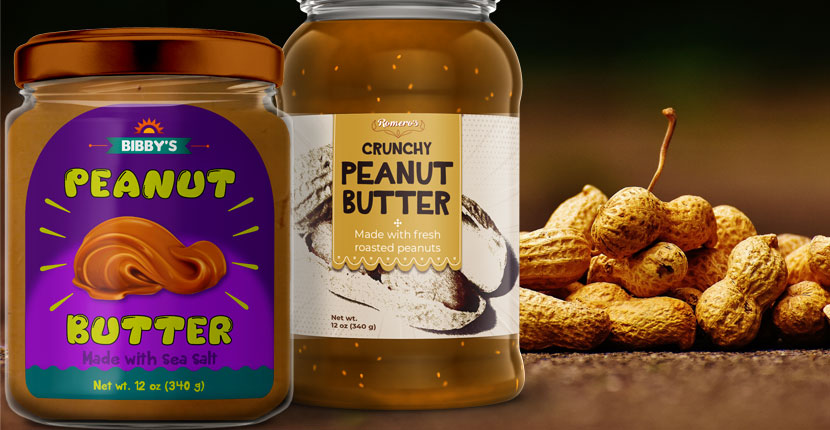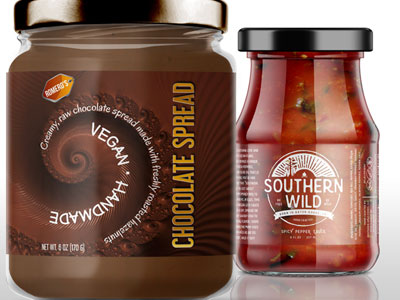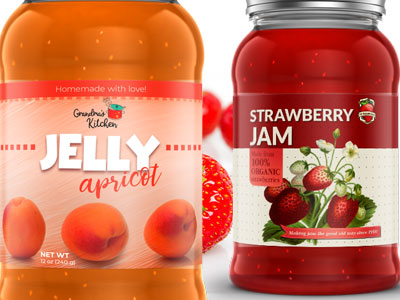Peanut butter has an interesting history with the U.S. Food and Drug Administration. In the beginning, the product consisted only of peanuts and salt, but as the market research became a more developed field, the manufacturers realized that consumers want to be able to more easily spread peanut butter on their bread and they showed larger enthusiasm for sweeter peanut butter. Hence, the producers started adding other ingredients to their product.
There was a long debate between the regulation makers and food producers about the percentage of additional contents in peanut butter. Eventually, the FDA allowed manufacturers to lower the peanuts content to 90%, and the other 10% can consist of salt, sugar, honey, hydrogenated oil, and other additives that give the peanut butter a more appealing texture and taste. Very importantly, the fat content should not exceed 55% of the final product.
It is difficult to please consumers, so food producers have a difficult task of researching the market and developing a product that will be more popular than the competition. Apart from peanut butter’s quality and taste, it is very important how it’s packaged and labeled. The visual and informational part of the product are more responsible for attracting new buyers than the actual taste, because consumers often make their decisions based on these elements.
The Composition of a Peanut Butter Label
So, how can a peanut butter label sell the product? For starters, a lot of thought should be put in the label design. Careful consideration of the label’s size, shape and color will help create a label that reflects the brand and sends certain messages to the consumer. Take a look at popular peanut butter brands and how their labels are designed, their use of colors, etc.
The information on a food label is equally important to consumers, if not even more so. They are usually interested in the 5 basic label elements that the FDA requires for most packaged food products: ingredients, nutrition facts, weight of the product, the manufacturer’s location and name of the product. As the value of accurate and helpful information is increasing, so the manufacturers start adding voluntary labels on their product. If complying with the FDA requirements, peanut butter producers can add many different health and content claims to their product, provided they are truthful and not misleading. Some of these additional bits of information can be:
- Homogenized,
- Creamy,
- Crunchy,
- Reduced fat,
- Good source of vitamin E
- Made with sea salt
- No trans fats, no cholesterol
- Organic
- No need to stir
- With Omega-3
People are increasingly health-oriented and concerned about the food they are consuming, so some of these claims might just be the key to winning the consumers’ trust. Again, it is important that they are completely accurate, because the FDA does not tolerate misleading and inaccurate labeling.
Label Materials and Printing Techniques
When creating food labels, a lot depends on the label stock and adhesive they are made of, as well as on the printing method used. The Food Packaging Labels experts are skilled at creating proper solutions for each particular food product, taking into consideration the product’s packaging size, shape and substrate, the message the company is trying to convey, etc.
We work with a variety of label materials and printing machines (flexo, digital, offset, etc.), and we always make careful and appropriate decisions for different types of orders. Should you need a very small or very large order, blank or customized labels, stickers on sheets or rolls – we’ll deliver on time and to your complete satisfaction.



